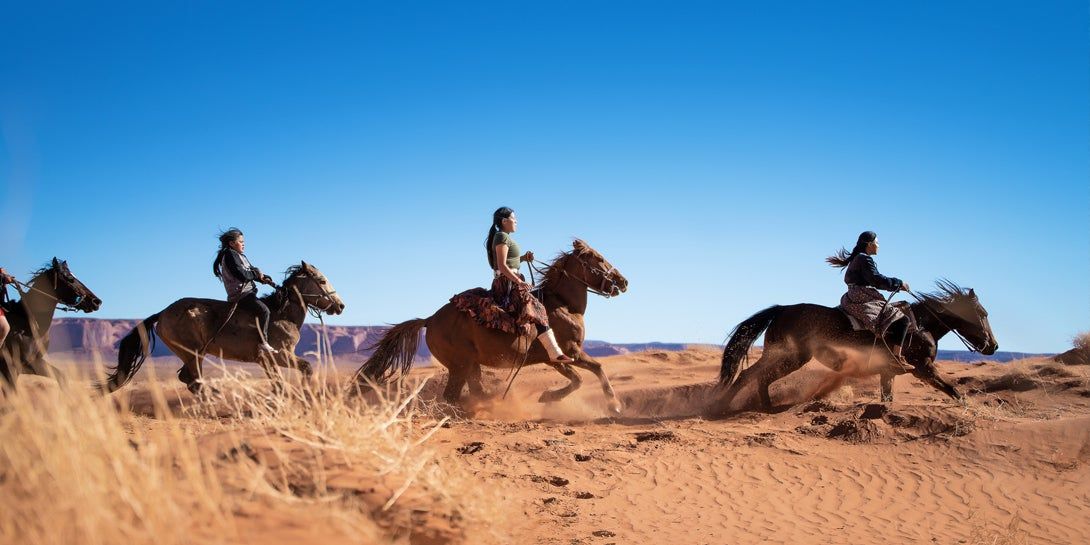
Indigenous Peoples’ Day
5 Ways To Honor Indigenous Peoples’ Day as a Family
As more states, cities, and businesses honor Indigenous Peoples' Day, consider taking the day to learn more about Native culture and history with your kids.
- Photography
- THEPALMER
- Written By
- Katie Covington
We celebrate Indigenous Peoples' Day on the second Monday in October to recognize Indigenous Peoples' strength, resilience, and diversity. While many schools teach Indigenous culture as a part of the past, they tend to skip the rich contemporary experience, making it even more critical to center Indigenous stories and amplify their voices today and every day.
Read Indigenous stories.
Indigenous People aren't a monolithic group; there are hundreds of tribes and languages across North America. Seek out Indigenous stories that show the diversity of experiences for young children. We especially love Cree-Métis writer and illustrator Julie Flett's lively We All Play that int roduces a series of young animals at play to illustrate the Cree concept of wâhkôhtowin, kinship among living things. Budding activists will be inspired by We Are the Water Protectors, while older kids (and adu lts!) are ready for An Indigenous Peoples' History of the United States for Young People.
Follow Indigenous families, artists, activists.
Indigenous artists, activists, and families are using social platforms to share personal stories and projects. Start with Matika Wilbur's stunning documentary Project 562. A visual storyteller from the Swinomish and Tulalip peoples of coastal Washington, she set out to change the way the world sees Native America by photographing each of the 562 federally recognized tribal communities and collecting their stories.
Podcasts bring oral traditions and Native storytelling, languages, and values alive for kids. Molly of Denali follows ten-year-old Molly Mabray, an Alaskan Native vlogger from the fictional village of Qyah, voiced by Alaska Native Sovereign Bill, as she solves the mystery of the missing birthday cake. Warrior Kids podcast celebrates everything Indigenous to inspire kids of all backgrounds to be warriors for social and earth justice.
Plant a native pollinator garden.
Native plants thrive and support healthy ecosystems by providing food and shelter for animals and bringing native pollinators. Planting a butterfly garden together is a way to practice land stewardship, utilize traditional knowledge systems, and learn the interconnectedness of nature. Check out the US Forest Service's resources on finding the species that are native to your area.
Learn more about where you live.
One place to start is where you live. Honoring the original peoples of the land you call home is called Land Acknowledgement. Tools like Native Land invite non-native people to acknowledge and learn about the history of the land where they live. You can use it to explore territories and languages and discuss tribal names. What languages did Indigenous people in your area speak? What Indigenous groups and individuals live in your community?
Attend a celebration or head to a local museum.
Look for a celebration in your area–local parks, children's museums, schools, and bookstores may host events or tune into an online workshop with the Smithsonian.
For more resources: explore Renée Gokey's ideas for celebrating, Debbie Reese's book list for kids for every age, and tips for age-appropriate learning.